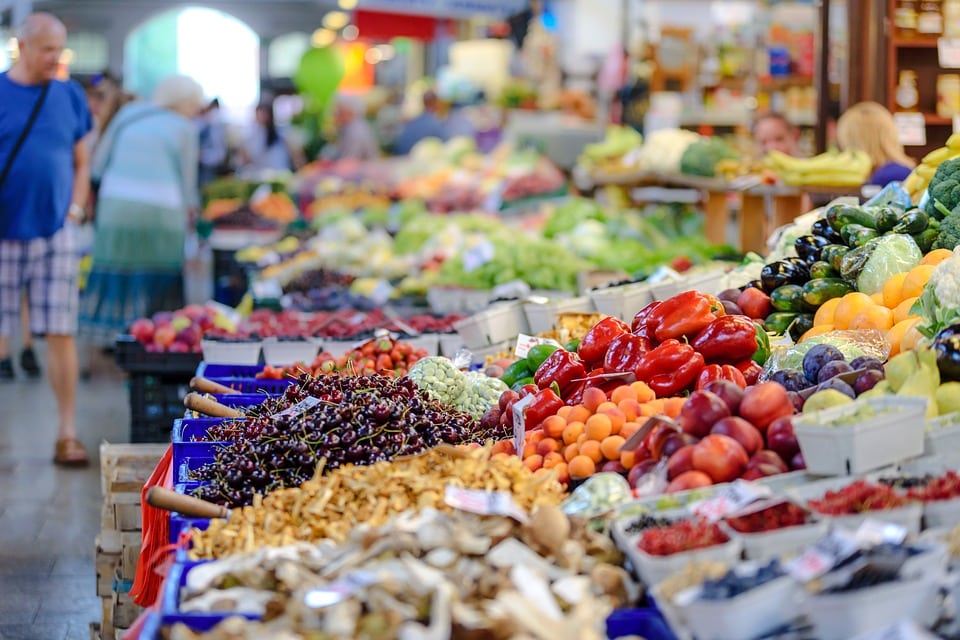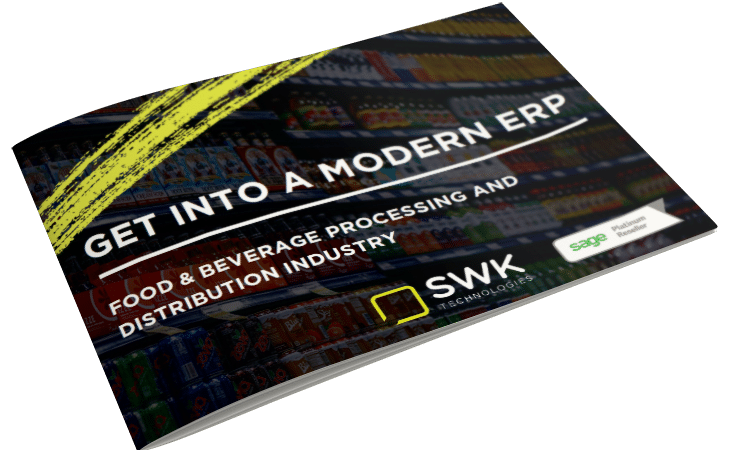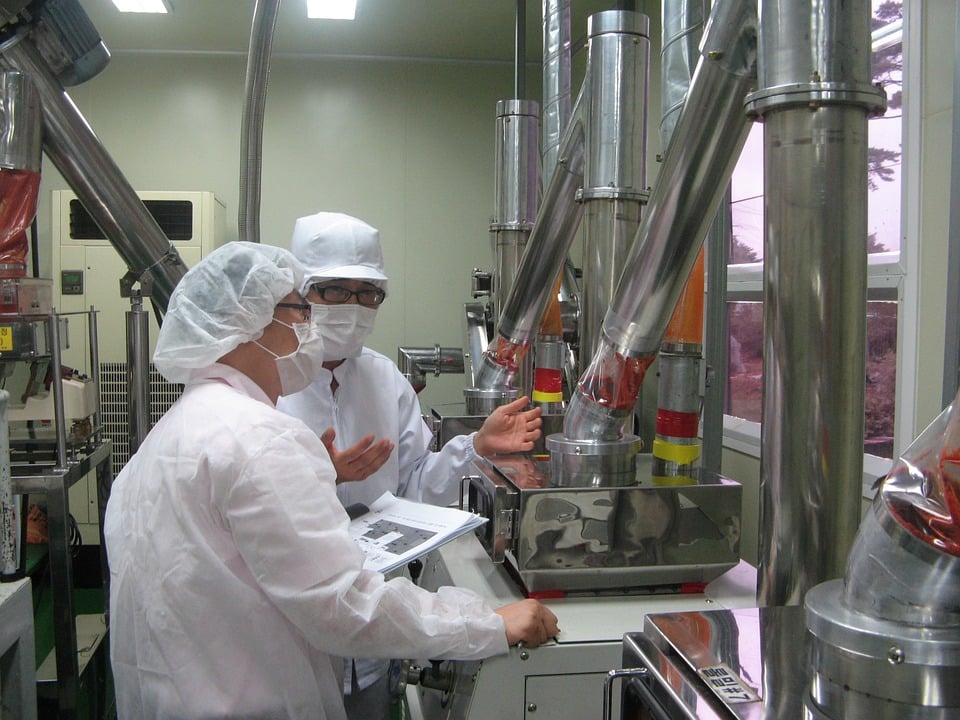See where Food and Beverage fits into the Future of Process Manufacturing – Download the Report.
On October 21, 2019, the Food and Drug Administration (FDA) held a public meeting to discuss its proposed “New Era of Food Safety.” The event reportedly featured a record turnout of both public and private sector stakeholders in the food and beverage industry. As the FDA’s representatives outlined the tentative food safety blueprint, they also invited feedback from the audience to help determine the proposal’s viability in the real world.
The responses from this meeting and the Federal Register’s comment system (deadline November 20, 2019) will shape the final guidance before it goes into effect in 2020. However, reactions to the proposal so far indicate that the FDA and the food industry in general have a long way to go to create a truly universal New Era of Food Safety powered by technology.
Here are the biggest takeaways from the FDA’s proposal:
The Food Safety Modernization Act (FSMA) in 2020
Most of the FDA’s efforts to protect the food and beverage supply chain in the 21st century are centered around the Food Safety Modernization Act (FSMA) passed in 2011. It is one of the most comprehensive food safety bills in decades and was borne from security concerns following September 11 and several illness outbreaks. The FSMA gives the FDA the explicit power to establish and monitor compliance with food and beverage harvesting, processing and manufacturing regulations regarding consumer safety.
This legislation is designed (and continuously updated) to ensure that food safety controls prevent adulteration. However, consistent foodborne illness outbreaks are placing increased pressure on the FDA – and the USDA, CDC, and every food manufacturer and processor – to further strengthen the FSMA to be able to stop the spread of food-based diseases.
Foreign Supplier Verification Programs (FSVPs)
A rising concern for regulating the food and beverage supply chain is its spread across the world, with overseas importation accounting for a greater portion of raw material procurement. “Other countries now supply more than 50 percent of fresh fruit, almost 30 percent of vegetables, over 90 percent of spices, and an estimated 95 percent of seafood eaten by U.S. consumers,” said Norman Sharpless, M.D., Acting Commissioner of the FDA.
The FSMA has included provisions – such as Foreign Supplier Verification Programs (FSVPs) – that establish the requirements and ownership of imported food compliance, but the composite nature of the global ingredient supply chain makes traceability more complex. The FDA recognizes this, and plans to further build upon FSVP and other FSMA rules in place using data delivered by new digital technologies.
Get Into a Modern ERP for Food and Beverage Processing, Manufacturing and Distribution
Traceability, Adulteration Response, Prevention
Even when raw materials and end products are stateside, there are still many places for tainted supply to fall through the cracks. The FDA’s proposal seeks to solve this through two primary goals: first, improve the response times for contaminated food discovery and recalls. Second, strengthen prevention tools and techniques across the food and beverage supply chain. The lynchpin for achieving both objectives is enhancing and streamlining traceability throughout the industry for every stakeholder at every stage up to consumption (the “last mile”).
The New Era of Smarter Food Safety is intended to build upon existing manufacturing regulations (CGMP, HAACP, etc.), augmenting them with technologies that enable better supply chain transparency, and establishing the rules governing the use of these new tools. Most importantly, the adjustments to the FSMA brought on by the New Era should account for all critical datapoints accessible by emerging technology that allow product to be traced upstream.
Food Safety Delivered by Technology
While the FDA has already launched several tracking programs powered by modern technology for both food and drug supply chain security, the New Era of Smarter Food Safety blueprint will take additional innovations into consideration to help optimize regulatory efforts. These include blockchain databases, Internet of Technology (IoT) networks, artificial intelligence and machine learning systems, and other developments that the agency will test and review to help conceptualize supply chain application.
This is the area where the agency is seeking the most input from internal and external food and beverage stakeholders. Feedback from their public meeting indicates the FDA needs to improve the deployment of what are still largely novel technologies for the public sector, as well as for many smaller businesses that have avoided investing in supply chain automation.
A New Era of Food Safety Culture
As elucidated by the FDA’s collateral, the ultimate purpose of these changes is to help foster a more stringent and more streamlined culture of food safety. However, comments from stakeholders reflect how far behind the agency and the rest of the food and beverage industry are. Several enterprises have already pioneered their own traceability systems in partnership with modern technology companies, largely out of self-preservation in the face of mounting consumer demands for transparency.
It is not just the private sector that is responding to public pressure –other government agencies are also getting ahead of the curve by increasing crackdowns on non-compliant imports. As supply chains grow, so does liability – every touchpoint creates the potential for adulteration, and therefore backlash and lost ROI. Larger businesses are gradually enforcing greater security standards among suppliers and vendors, and cutting off SMBs that cannot meet these new specifications.
The growing reality is that high-level compliance may not be up to par with what is actually needed to stay competitive in the modern food and beverage market. Foodborne illness has become as ubiquitous as a data breach, and nearly as damaging for consumer trust. Consequently, enterprises are already pressuring the FDA to apply future FSMA obligations for smaller businesses as well to ensure SMBs share the responsibility for supply chain visibility and data sharing.
Ensure Food Supply Transparency with the Right Technology
Technology is the future of the food and beverage market and is critical for managing the industry supply chain and verifying end-to-end compliance. In order to stay competitive in the age of digitization and transparency, processors, manufacturers and distributions of all sizes must implement the right tracking solution to ensure safety and consistent quality.
View SWK’s on-demand webinar here to discover why Sage X3 is the ERP of choice to manage your food and beverage supply chain.



